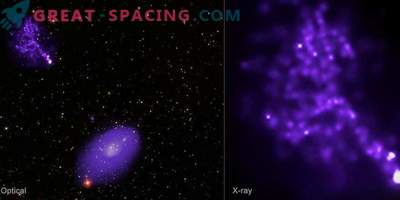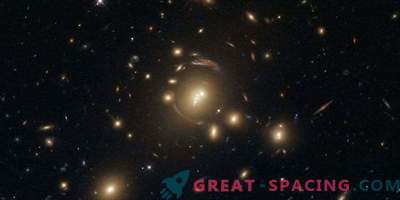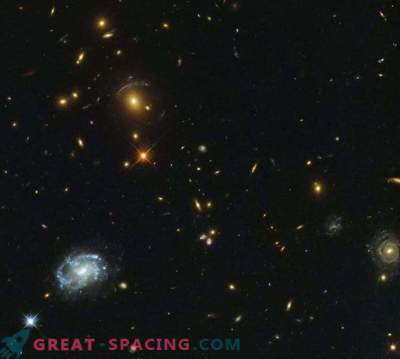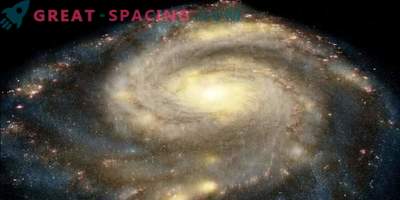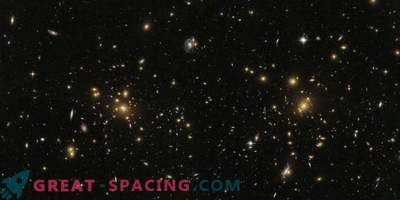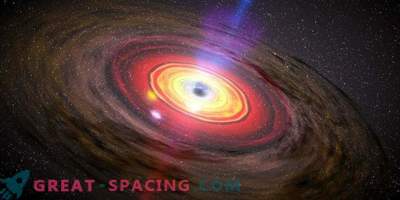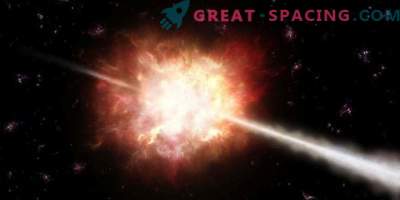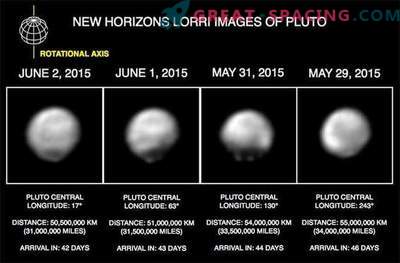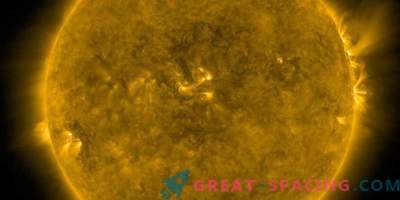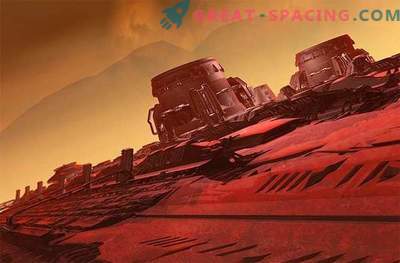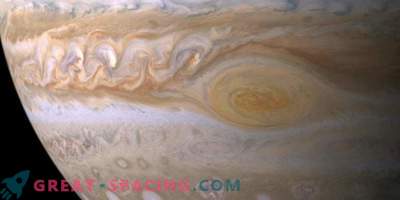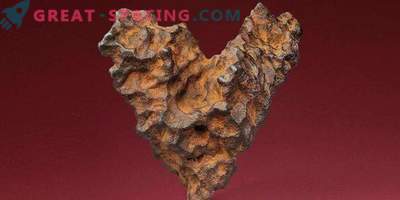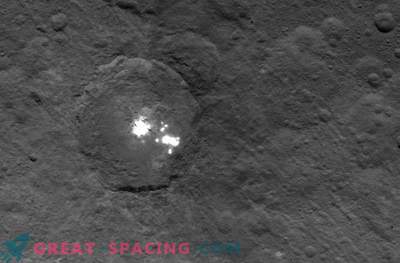
The triple observation of X-ray telescopes made it possible to fix a large-scale cold front in a cluster of Perseus galaxies. This formation is noticeable to the left of the innermost younger cold front, close to the center.
Galactic cold fronts are no different from those that we experience on Earth, but they are caused by the merging of galactic clusters. The gravitational pull of a larger cluster lures the smaller one closer and closer until the gas in the center begins to “spread”. Thus, a cold front is formed in a spiral pattern, directed outward from the core.
Cold fronts are the most ancient coherent structures in cluster nuclei. The concrete is separated from the center during the last 5 billion years (older than the solar system). The extended structure covers a size of 2 million light years and moves at a speed of 50 km / s. The images were taken by the Chandra Observatory, the XMM-Newton telescope and the ROSAT satellite. Thousands of galaxies and a central supermassive black hole live in the Perseus cluster. It is responsible for the formation of a harsh environment of sound waves and turbulence, which over time must appear from the cold front, creating gradual changes in density and temperature. A high-resolution photo of Chandra demonstrated that the upper left edge of the cold front is divided into two parts.
A similar trait hints that it was stored by powerful magnetic fields (worked as a shield against the harsh environment). Such a magnetic action prevents diffusion of the cold front and allows for a long time to be at a distance from the center of the cluster.


